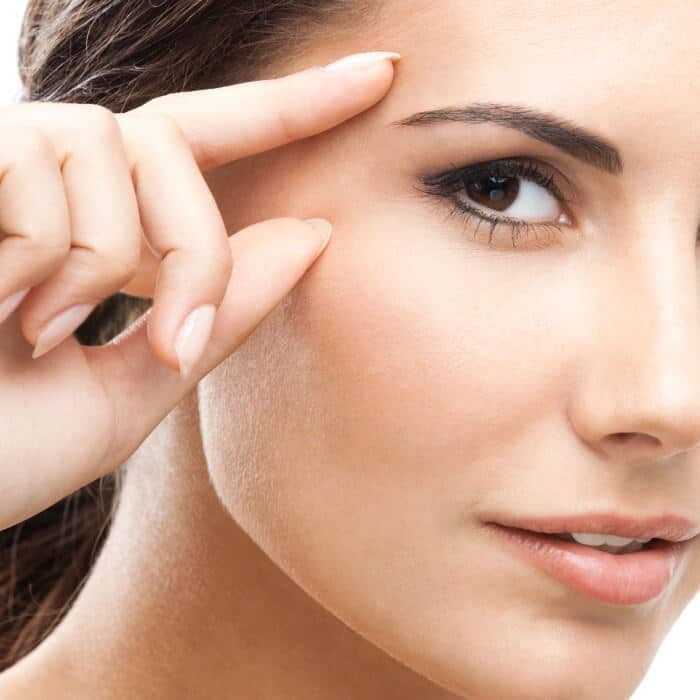No matter how well we take care of ourselves, sooner or later the natural process of aging catches up with all of us. If you are noticing signs of aging such as fine lines and wrinkles on your face and neck, you may be wondering when it is the right time to try to do something about those signs. While there is no way to stop the clock completely, there are techniques and procedures that can help turn back time a bit and get you a more youthful, fresher appearance. Botox is one such option.
It’s safe to say that most people have heard about Botox. Botox is an injectable anti-aging treatment created from the bacterium Clostridium botulinum. It has been in wide cosmetic use since 1989 and remains one of the most popular cosmetic treatments in the world, with 6.3 million treatments just last year alone. But many people wonder when it’s time to start using Botox and if it is right for them. Here at the New England Cosmetic Surgery and Laser Center, we can help answer some of your questions and help you figure things out.
First of all, it’s important to remember that Botox is not a miracle “anti-aging” cure, no matter what you may have heard or what advertisements can sometimes claim. Botox is intended first and foremost to correct signs of aging that have already begun to appear. These signs include crow’s feet wrinkles around the eyes, forehead furrows, the lines around the mouth that are sometimes called “frown lines,” and also skin bands on the neck that can cause a sagging appearance.
Botox is a type of injectable treatment known as an intramuscular injection. Unlike dermal fillers — injections that “fill” places beneath the skin that lack volume and fullness — intramuscular treatments are administered by a medical professional directly into the muscles of the area you want to treat, such as between the eyebrows or around the mouth. By doing this, the injection and the active ingredient in Botox work to temporarily weaken or paralyze the muscles in those areas. Weakened or paralyzed muscles can’t contract, which means they can’t create the wrinkles and creases you are trying to correct. That is the action that helps relax the look of aging skin and create a more youthful appearance.
Botox is a temporary fix, lasting four to six months on average. After a few months, the muscles will regain their ability to contract, which means the lines and creases will return. At that point, you may choose to get another injection. Recent evidence has suggested that repeated injections may actually make muscles become more accustomed to being relaxed, which can mean longer lasting results and more time between treatments.
There is also recent evidence to suggest that Botox may be of use as a preventative measure as well as help for already-evident signs of again. A 2013 study performed by two well-respected dermatologists from Boston was published as an opinion piece in the prestigious medical journal JAMA Dermatology (a publication of the American Medical Association). This piece introduced the idea Botox can be used not just for treatment, but also for prevention.
The study and the piece explained that “thoughtful” use of Botox injections can be done prior to the appearance of visible signs of aging in order to prevent those troublesome lines and wrinkles from appearing or worsening in the first place. That’s big news because it means that Botox can actually be thought of as a way to prevent as well as treat.
Some of the information was based on a 2006 study that had been published in the Archives of Facial Plastic Surgery (now known as JAMA Facial Plastic Surgery). In that older study, two identical twin sisters took part. One was given regular Botox injections in the forehead and the area above the nose. The other received no injections. The results of the study were very clear and very promising. The doctors reported that “imprinted” lines did not show up in the treated twin, with those preventative effects lasting an impressive seven months post-treatment. The study concluded that “long-term treatment with Botox can prevent the development of imprinted facial lines that are visible at rest. Botox treatment can also reduce crow’s feet.”
To learn more about Botox as both a corrective and a preventative treatment, call our office today. We can answer your questions and help you figure out if it’s time for you to try Botox or any of our other treatments and procedures.


